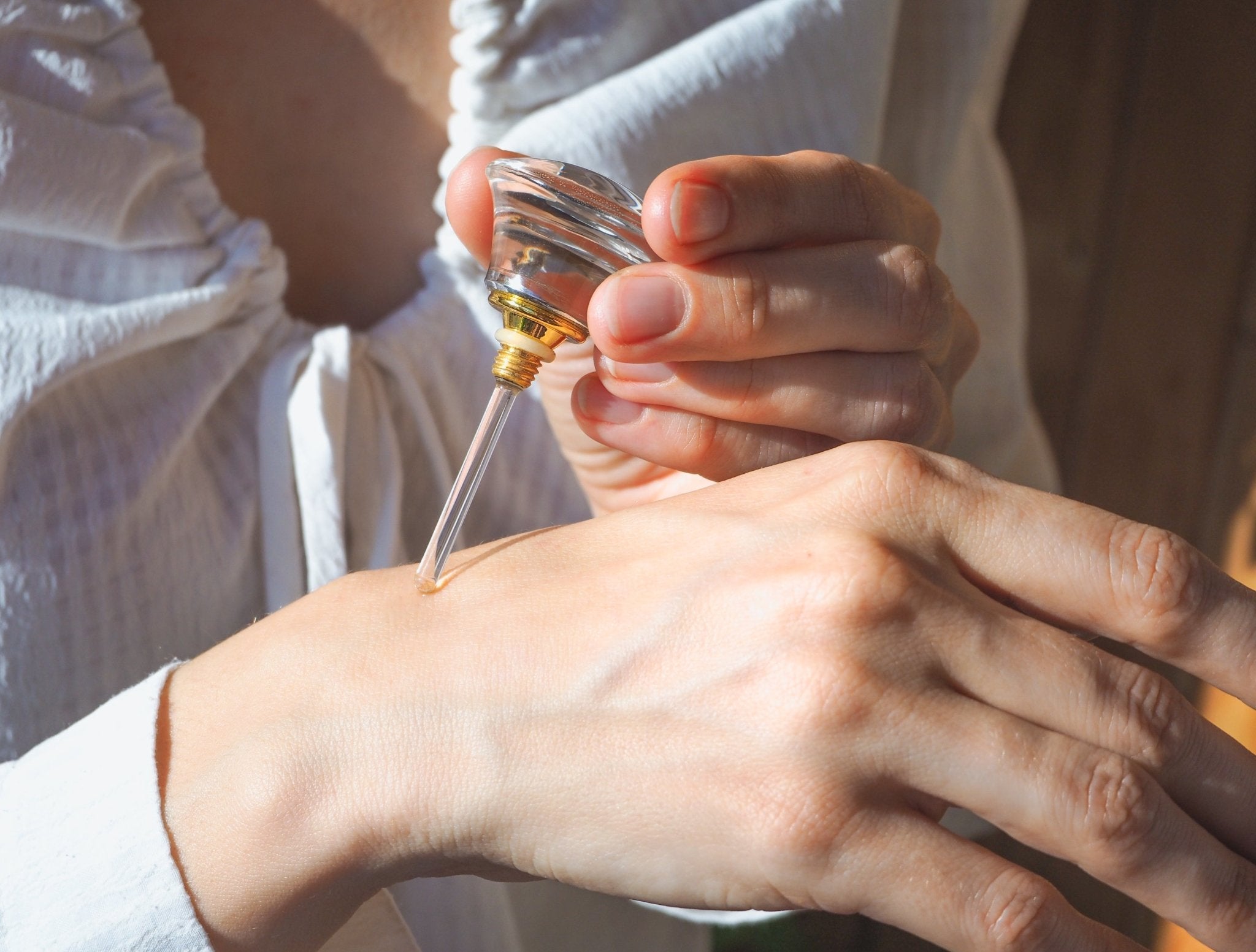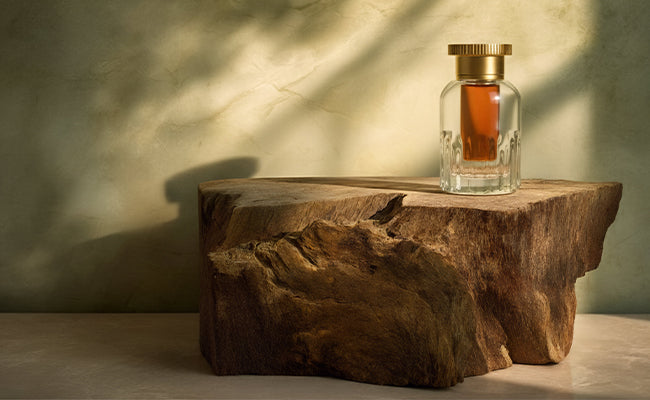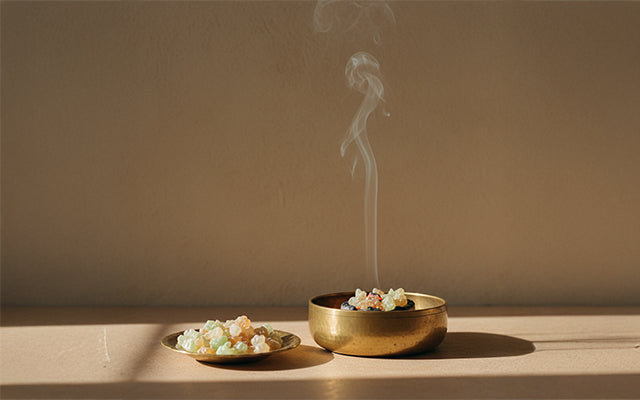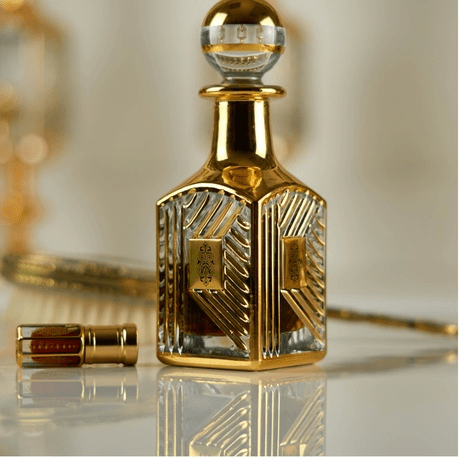Article: The Perfume Industry's Dirty Secrets

The Perfume Industry's Dirty Secrets
Hundreds of toxic ingredients are hiding in plain sight. And according to Bloomberg News, most perfume companies still use outdated, ineffective, and expensive marketing tactics that, well, stink!
The High Cost of Perfume Marketing
Compared to the makers of essential oils and attars, the companies that create mainstream alcohol-based perfumes spend a huge portion of their annual budgets on marketing. They spend only a fraction of their product cost on the actual perfumes themselves.
Some companies, including market-dominating brands like L’Oréal and Revlon, spend upwards of 90% of their budgets on marketing their products and only 10% on the quality of the product itself.
Sadly, you’re being duped!
Annually, “an estimated $800 million (Basically-1-Billion!) is spent on fragrance marketing each year, according to [management consultancy A.T. Kearney], from television commercials to billboards to in-store samples and magazine ads.”
Companies still spritz consumers who walk through department store malls and spend on ads that use sex to sell their products. Popular fragrances stick around. Consumers can get in a rut of buying the same watered-down fragrances without experimenting or looking for new and better products.
The Smelly Elephant in the Room
While you may have never thought of your perfume scents as “chemicals,” there is often a toxic sludge of dangerous chemicals in the synthetic perfumes you spritz on every day.
In the U.S.A., legally there are hundreds of chemicals in perfumes and perfumed products that can hide under one word: “fragrance.”
Ava Anderson, natural beauty expert and safe cosmetics advocate wrote in the Huffington Post, “More than 95 percent of the chemicals in synthetic fragrances are derived from petrochemicals. These chemicals include: benzene derivatives, aldehydes, phthalates, and a slew of other known toxins that are capable of causing cancer, birth defects, nervous-system disorders and allergies—some of which are cited on the EPA’s hazardous waste list.”
These chemicals are a mouthful to pronounce, but they also pose serious health risks to consumers.
So What CAN I Wear?
Thankfully, there are alternatives.
Essential oils, concentrated fragrance oil attars, and wider availability of parfums are all emerging as safer alternatives to toxic synthetic perfumes. Expanding interest in perfumes and fragrances worldwide and increasing demand for higher quality, safer fragrance alternatives fuels this growth.
According to a 2019 Mordor Intelligence industry report, “The fragrances and perfumes market was valued at USD 52.7 billion in 2018 and is expected to be worth USD 72.3 billion by 2024.”
Many of the fragrance industry’s key players are actively working to develop natural fragrances. This is primarily because of rising concerns about allergens and toxins in synthetic fragrances.
There is also an increasing demand for higher fragrance concentrations. This demand for safer and more concentrated fragrances is driving the sales of parfums (“pure” perfume) which have 15% to 40% fragrance concentration and traditional hydro- and steam-distilled attars (fragrance oils).
And while there are still many areas of the fragrance industry that remain unregulated, the good news is that you can vote with your dollar for safer fragrance options.
Attars and ouds remain some of the most concentrated and reliable fragrance oils available on the market. Some users explain that once they use attars, it’s hard to go back to “regular” fragrance colognes and perfumes because the latter just smell like chemicals.
Not sure, about your personal scent and vibe?




